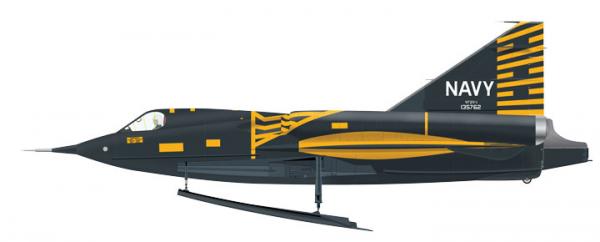
Historic Aircraft – A Dart From The Sea
Naval History Magazine, Dec. 2012 From the 1920s into World War II several nations developed high-performance floatplane aircraft. Indeed, some…
Copyright 2024 U.S. Naval Institute. All Rights Reserved.